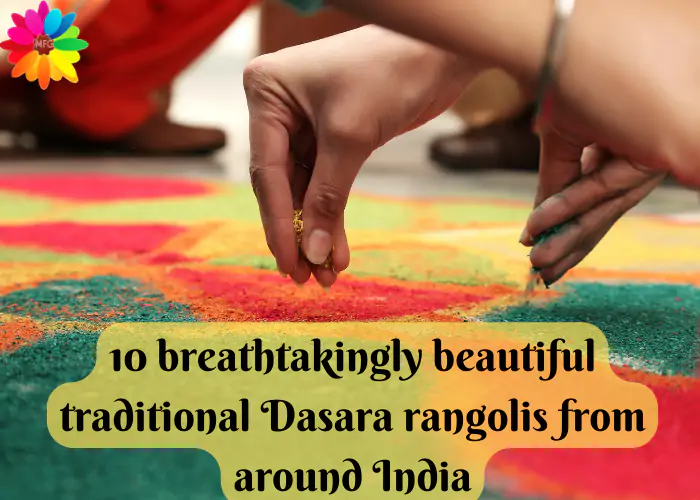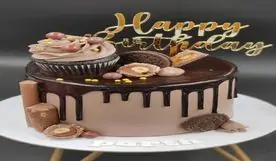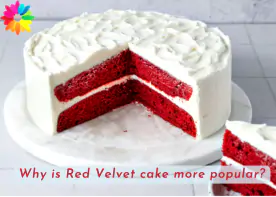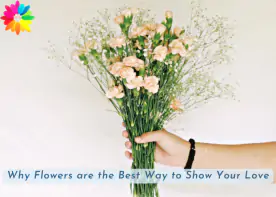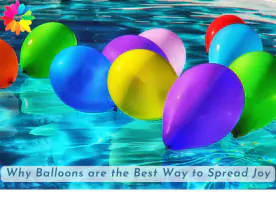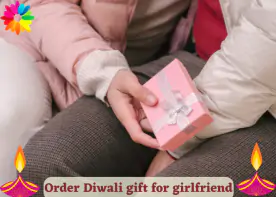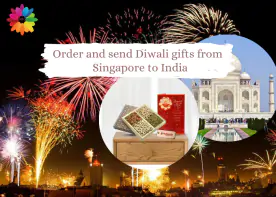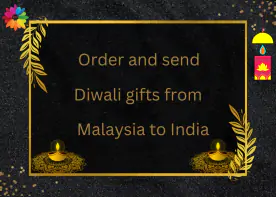10 Breathtakingly Beautiful Traditional Dussehra Rangolis from around India
Dasara, also known as Vijayadashami, is one of India's most widely celebrated Hindu festivals. The festival marks the end of the nine-day Navaratri celebrations and is celebrated with great pomp and show across the length and breadth of the country. A key part of Dasara celebrations is the creation of colorful rangolis outside homes and temples, also known as kolam or muggulu.
Rangolis are an integral part of Indian festivals and celebrations. A beautiful Rangoli can brighten up any space and add a touch of festivity to the occasion. Dussehra is the perfect time to get creative with Dasara rangolis and create some truly beautiful designs.
Importance of Traditional Rangoli on the festival of Dasara
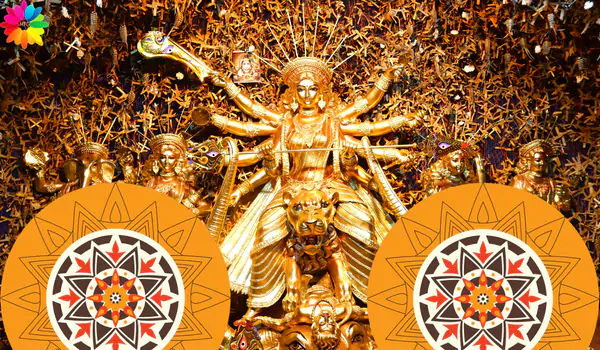
As per the Hindu calendar, the festival of Dasara is celebrated on the tenth day of the bright half of Ashwin month. The first nine days of Dasara are celebrated as Navaratri, and the last day is Vijayadasami. These days, rangoli designs are drawn at the entrance of homes as it is considered auspicious.
Rangolis are believed to bring good luck and prosperity and are also an integral part of Indian culture. Drawing rangolis is a way of expressing one's creativity, and it is also a form of meditation. The act of drawing rangolis helps in calming the mind and promoting concentration.
Rangolis are typically drawn with dry flour or rice powder, but they can also be created with wet sand, paint, or even flower petals. The designs can be simple or complex, and they are often created to depict scenes from nature or Hindu religious symbols.
The Dasara festival is when families get together and celebrate the victory of good over evil. It is also a time to give thanks for the bounties of the harvest season. Drawing rangolis is a way of adding beauty and festivity to the occasion.
In recent years, the popularity of rangolis has grown exponentially, with people from all over the world taking up this beautiful art form. If you're looking to add a touch of tradition to your Dasara celebrations, try your hand at creating a rangoli design.
The 10 different types of traditional Dasara rangolis with images
If you're looking for inspiration, here are 10 traditional Dasara rangolis from around India that are sure to take your breath away!
1. The peacock rangoli:
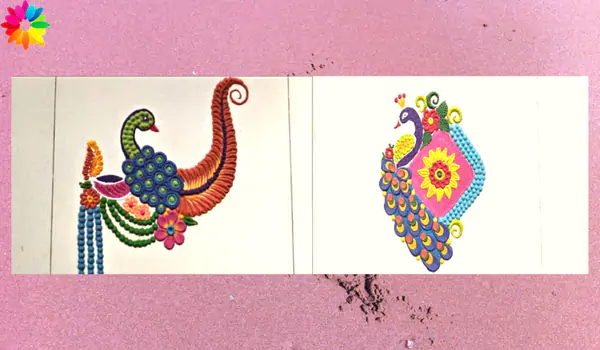
One of the most popular rangolis, the peacock rangoli, is a symbol of grace and beauty. The design is created by drawing a peacock in the center, with its tail spread out in all its glory. The rest of the rangoli is filled with colorful patterns and designs.
2. The lotus rangoli:
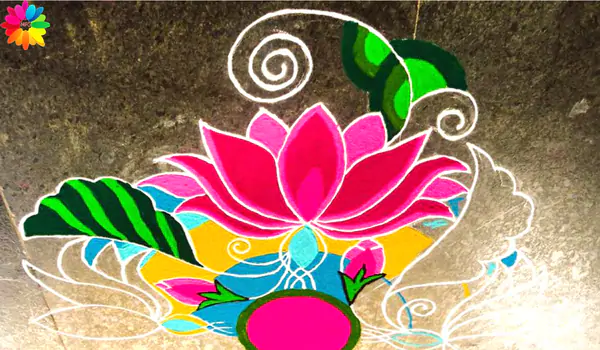
The lotus is another popular motif used in rangolis. The lotus rangoli is created by drawing a lotus in the center with its petals. The rest of the rangoli is filled with colorful patterns and designs, often inspired by nature.
3. The swastika rangoli:
The swastika is a sacred symbol in Hinduism and is considered to be auspicious. The swastika rangoli is created by drawing a swastika in the center, with its arms spread out. The rest of the rangoli is filled with colorful patterns and designs.
4. The kolam rangoli:
Kolams are a type of Rangoli that is very popular in South India. They are created by drawing geometric patterns and designs in a particular order. The kolam rangoli is usually created with white powder but can also be made with colored powders.
5. The sand mandala:
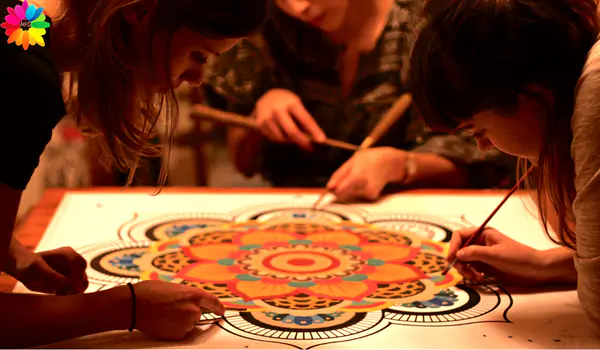
Sand mandalas are a type of Rangoli that is very popular in Buddhist cultures. They are created by drawing geometric patterns and designs in the sand. The sand mandala is usually created with white sand but can also be made with colored sands.
6. The rice flour rangoli:
Rice flour rangolis are very popular in Maharashtra. They are created by drawing designs and patterns in rice flour. The rice flour rangoli is usually white but can also be made with colored rice flour.
7. The flower rangoli:

Flower rangolis are very popular in Kerala. They are created by drawing designs and patterns in flowers. The flower rangoli is usually white but can also be made with colored flowers.
8. The Rangoli with dots:
Rangolis with dots are very popular in Rajasthan. They are created by drawing designs and patterns with dots. The Rangoli with dots is usually white but can also be made with colored dots.
9. The Sankha rangoli:
Sankhas are a type of Rangoli that is very popular in Odisha. They are created by drawing designs and patterns with conch shells. The Sankha rangoli is usually white but can also be made with colored conch shells.
10. The Chakkaravarthi rangoli:
Chakkaravarthis are a type of Rangoli that is very popular in Tamil Nadu. They are created by drawing designs and patterns with circles. The Chakkaravarthi rangoli is usually white but can also be made with colored circles.
Conclusion
Rangoli is a colorful festival decoration that is also thought to bring good luck. Nepal, India, and Bangladesh are the originators of this art genre. Rangoli designs, also known as Alpana, are made on the floor with colored rice, flowers, colored sand, or paints.
Rangoli art is traditional, wishing someone good luck, and its popularity hasn't waned over time. During festivals, rangoli competitions are one of the most popular pastimes. Rangoli is a spiritual color distribution and is a sign of good fortune. Most rangoli designs, such as a yin and yang symbol or a swastika, are symmetrical. Symmetrical designs are also seen as a symbol of prosperity, luck, and progress in all religions worldwide.
Rangolis are a beautiful way to add color and fun to any festival or celebration. Dasara is the perfect time to get creative and try out new designs. Traditional Dasara rangolis are a great way to add a touch of India to your celebrations.

